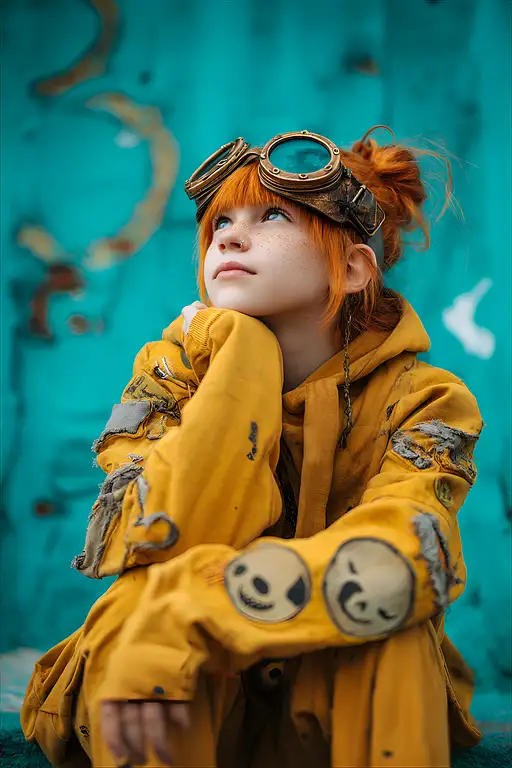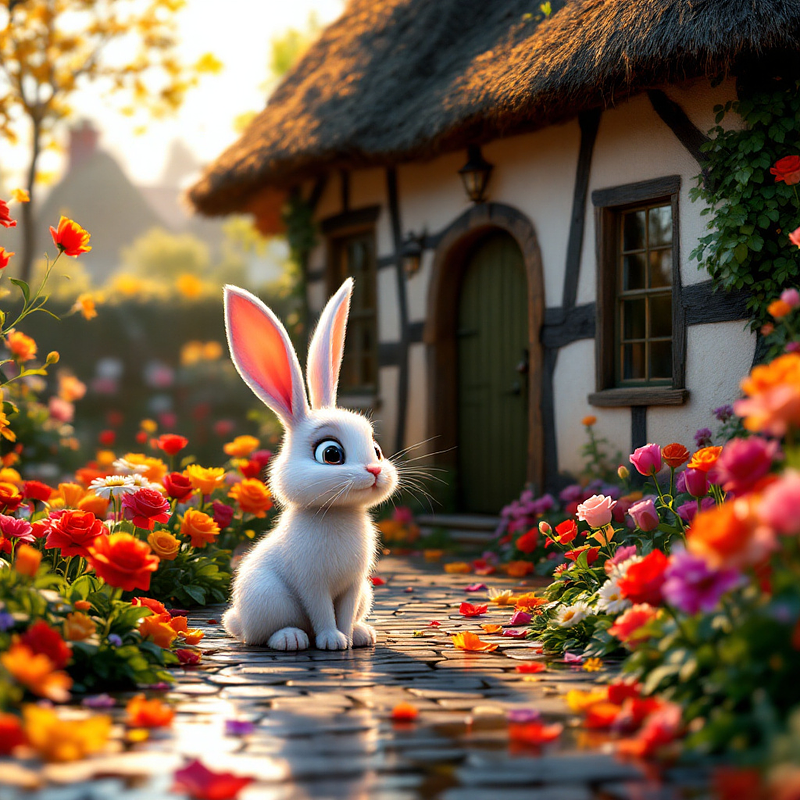9 months ago
Imagine a hyper-realistic, 3D depiction of a Pokémon, brought to life with every detail meticulously crafted to look as real as possible. Picture **Charizard**, the Fire/Flying-type, in all of its majestic and intimidating glory.
Charizard’s body is covered in rough, textured scales, each one reflecting light in different ways, creating a lifelike, almost tactile feel. The scales on its back are a deep orange, with darker tones near the spine, while its underbelly is a pale cream. The intricacy of each scale is visible—some larger and more prominent on the back, smaller and smoother on the belly—showing signs of wear and age, adding realism. The texture resembles that of reptilian skin, slightly rough but with subtle glistens of moisture that show off its movement in the air.
Charizard’s wings are massive and powerful, with leathery, semi-transparent membranes stretched across them. The wings themselves look almost like they’re made from a mix of tough hide and delicate, spiny veins. Each membrane shows intricate veins of light, red-tinged near the base and fading to a deep purple as they extend toward the edges. The edges of the wings have a jagged appearance, as though they’ve seen battle. The thin, tough membrane stretches between bone-like structures, creating a feeling of movement as if the wings are ready to take flight.
Its head is a blend of fierce and majestic, with sharp, piercing yellow eyes that seem alive and full of intelligence. The eyes have a glossy, wet look to them, with intricate details in the iris and pupils, giving them a lifelike appearance. The outline of its jaw is strong and angular, with teeth that are gleaming, sharp, and slightly worn from countless battles. Its snout is sleek and covered with fine, short scales that transition into longer, more robust ones near the back of the head. Two horns curve out from the top of its head, sleek and smooth, with a slight iridescent gleam, giving the Pokémon an even more fearsome look.
The tail flame is vivid and intense, flickering with lifelike detail. The flame dances in dynamic motion, casting flickering shadows and illuminating the surrounding area with a warm, orange glow. The fire is rendered with incredible realism, showing variations in the flame’s intensity and movement, with the glowing embers and wisps of smoke curling upward. Each flicker and change in the flame's shape is captured in a way that makes it feel like it’s alive, flickering naturally in the air.
Every muscle in Charizard’s body is well-defined, with visible tension in its legs and arms, reflecting the raw power of a true beast. The claws on its feet and hands are like sharp obsidian, reflecting the light with an eerie, glass-like shine. You can almost feel the pressure it would apply with each step or swipe, thanks to the muscle definition that’s subtly visible beneath its skin.
The surroundings match this level of realism, with the natural environment reflecting Charizard’s power. If it's standing in a rocky terrain, the texture of each stone is clear—rough, jagged, and varied. If it's flying through the air, the lighting on its body shifts dynamically to match the environment, whether it’s the glow of a sunset, the harsh brightness of daylight, or the cool, shadowy hues of night.
Overall, this hyper-realistic, 3D rendering of Charizard looks like it could step out of the screen and into reality, its features and movements so lifelike that it’s impossible to look away. It’s a stunning fusion of fantasy and realism, capturing every detail of this iconic Pokémon with breathtaking precision.


